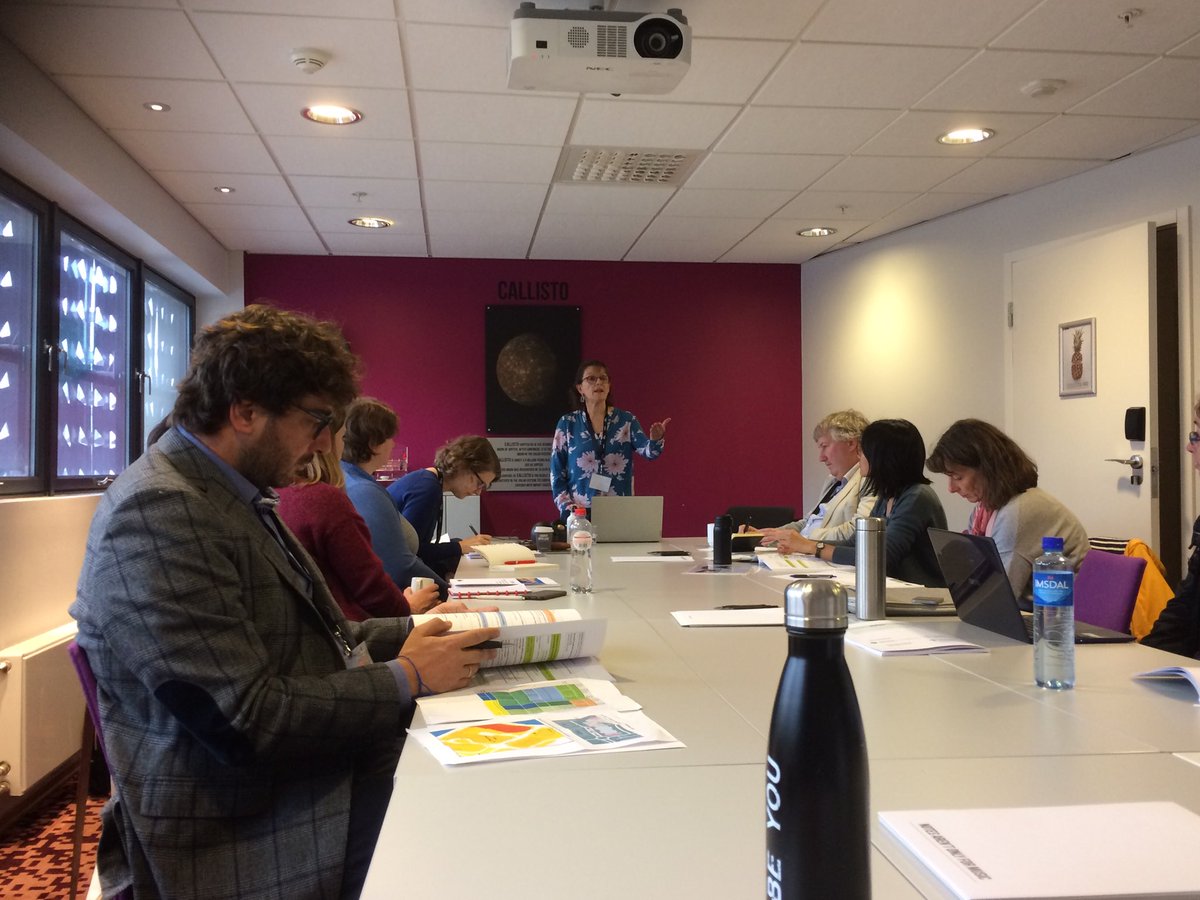What do arts practices bring to rural sociology? Reflections from ESRS Congress, Trondheim
The CRE’s Dr Fran Rowe reflects on discussions held during a panel she convened with Dr Menelaos Gkartzios at the recent European Society for Rural Sociology Congress in Trondheim, Norway.
Encounters with artists and their contemporary arts practices proved a rich seam of enquiry and discussion at the recent Congress of the European Society for Rural Sociology in Trondheim, Norway. Hard on the heels of their recent rural arts research visit to Japan, Dr Menelaos Gkartzios and Dr Frances Rowe of the Centre for Rural Economy convened a working group at the Congress to explore contemporary arts practices and rural development. After an introductory presentation by Fran an invited panel, comprising Professor Mike Woods of Aberystwyth University, Professor Esther Peeren from University of Amsterdam, Natalie Leung from University of Austria and Professor Mike Bell from University of Wisconsin, offered contrasting interdisciplinary perspectives which led to a fascinating discussion.
 First off, Mike Woods reminded us that artists and rural sociologists share an inquisitiveness about the rural, an interest in differing rural narratives and an orientation toward working with communities to enact change. He argued that rural sociologists and artists could be seen to embrace an action research practice. This is exemplified by the artists’ residency programme run by the Centre for Rural Economy, in collaboration with Berwick Visual Arts in Northumberland, North East England and Newcastle University’s Institute for Creative Arts Practice. Work by artist Sander Van Raemdonck, for example, has used a walking arts practice to engage communities and planning professionals in issues of housing development in the Spittal peninsular in Berwick (as discussed in a recent paper here).
First off, Mike Woods reminded us that artists and rural sociologists share an inquisitiveness about the rural, an interest in differing rural narratives and an orientation toward working with communities to enact change. He argued that rural sociologists and artists could be seen to embrace an action research practice. This is exemplified by the artists’ residency programme run by the Centre for Rural Economy, in collaboration with Berwick Visual Arts in Northumberland, North East England and Newcastle University’s Institute for Creative Arts Practice. Work by artist Sander Van Raemdonck, for example, has used a walking arts practice to engage communities and planning professionals in issues of housing development in the Spittal peninsular in Berwick (as discussed in a recent paper here).
The use of space outside the art museum or gallery, with artists engaging communities through their creative practices can provide fertile ground to challenge assumptions about the rural and raise fresh questions. Mike drew on his recent experience of working with The Whitechapel Gallery’s Rural initiative and artists’ collective Myvillages, to emphasise that artists bring a creative palimpsest of methods for interrogating issues as broad as ageing in rural communities exploring the expressive, or more than human dimensions of rurality.
Esther Pereen’s research exploring the cultural imaginations of the rural across five continents brings a fresh lens on contemporary rurality and how it is represented in popular culture. Frequently the well-worn stereotypes of an idyllic and unchanging rurality persist and can prove remarkably obdurate. This tendency can persist in how artists, via commissions and residences, are expected to ‘give rural communities what they want’, rather than giving space to aesthetic responses to rural issues and places that are emergent and uncertain, and sometimes challenging to rural communities, as Frances Rowe found in her PhD research into three contemporary arts organisations in England and Scotland.
Natalie Leung’s research exploring farmers’ reactions to specific artworks in a mountainous rural region experiencing an ageing population and widespread land abandonment, is discovering how farmers ‘use’ encounters with artworks via the Echigo Tsumari Art Field help them to make sense of their own identities through experiences of working the land. For example, for some farmers art has helped them to express an open-minded acceptance of change and that nature inevitably takes over when people leave, whereas for others, art inspires them to continue farming, reaffirming the values of their relationships to the land and contributing to rural resilience.
Finally, Mike Bell shared some music played by his group Graminy (listen to an example here!). Combining artistry with rural sociology, Mike’s compositions have emerged from a collaboration with arts organisation The Worm Farm Institute that explores the role of fermentation in food, helps to surface in a different way issues of global importance such as climate change, and engages people in conversations about them in non-confrontational ways. This approach may go some way towards circumnavigating the contested binaries of climate acceptance and denial that are so prevalent in the US today (and manifesting themselves elsewhere.)
The discussion following the presentations extended the contours of the conversation, for example to hear about how theatre has helped to surface issues of neighbourhood planning and power relations in communities in North East England, to the limitations and realities of community engagement in high profile art festivals in Japan, to the challenges and opportunities of using creative practices as sources of data in academic journals. It is hoped that collaboration in this growing space of rural socio-cultural enquiry will continue to develop, with exciting possibilities for future research and knowledge exchange.
